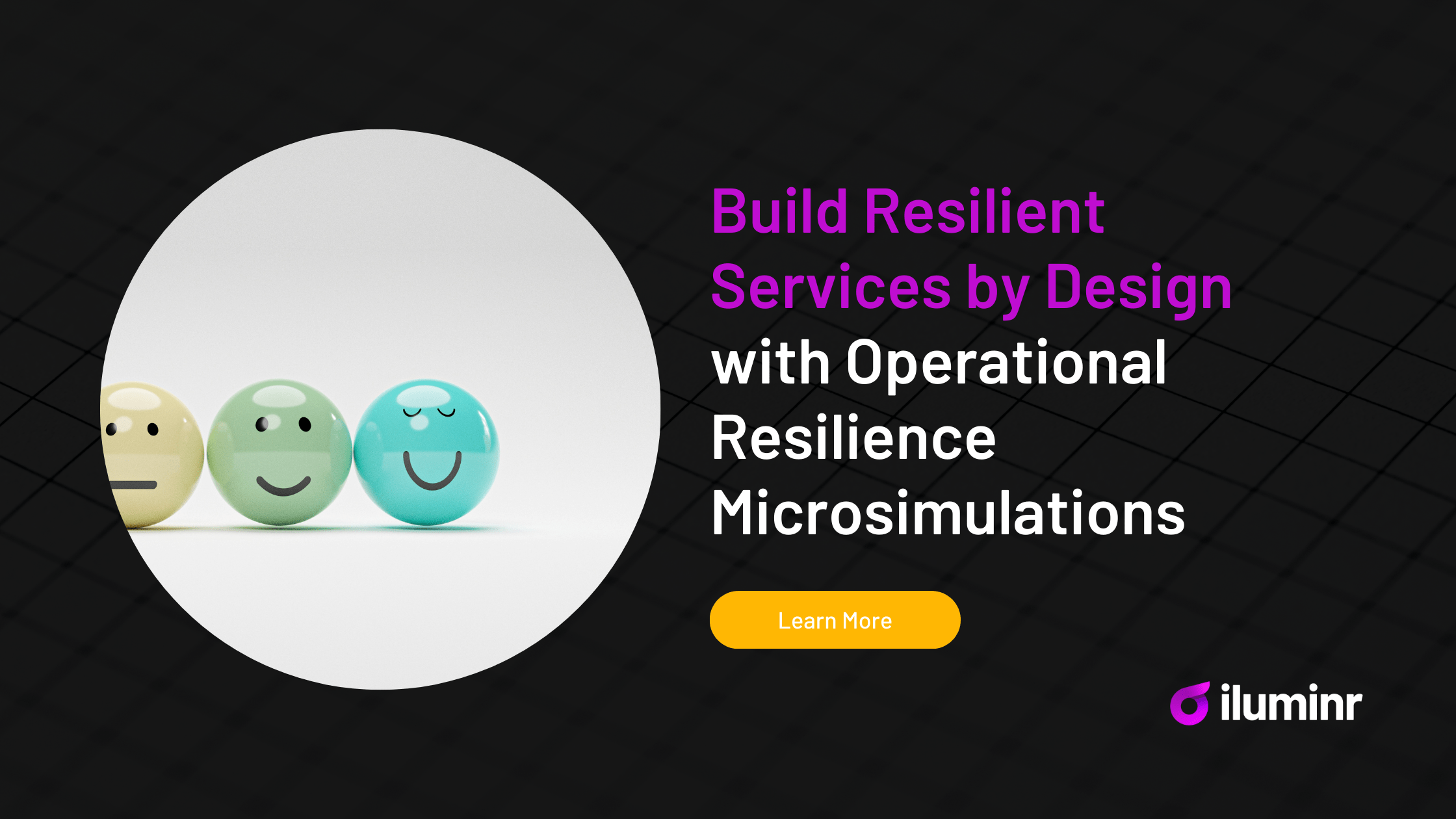In today’s fast-paced world, where regulations are swiftly changing, risks are ever-evolving and organizational resilience is more crucial than ever, the importance of effective engagement cannot be overstated. This is particularly true in the context of building compliance engagement and resilience capability.
The principles of designing greater risk-awareness and resilience bear a striking resemblance to those used in crafting successful marketing strategies. Both require a deep understanding of the audience, clear objectives, engaging content, and continuous learning to accomplish big results. The same strategic, customer-centric approach to marketing campaigns can revolutionize the design and execution of your engagement strategies, including your scenario testing program.
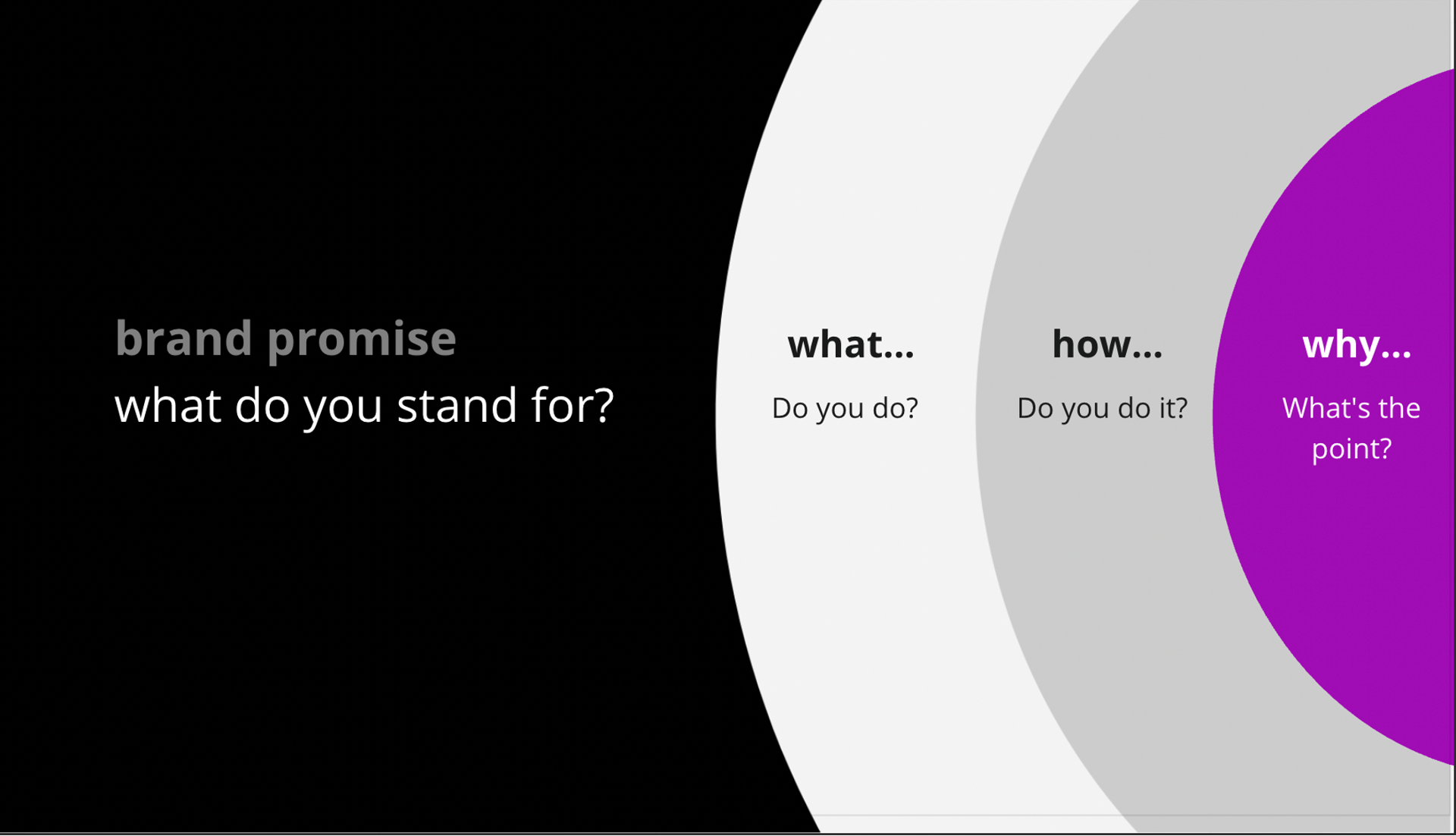
The Magic of Brand
Designing your risk, resilience security, and compliance initiative in a way consistent with your organization’s vision, mission, and brand is critical for alignment with your organization’s broader why and how your organization operates, both internally and externally. By aligning resilience strategies with the organization’s overarching goals and purpose, leaders can guide their teams towards actions that contribute directly to fulfilling the organization’s mission, even amidst adversity.
Creating a brand identity involves a multifaceted process that encompasses defining the essence of a brand and shaping its perception in the minds of consumers. It begins with a comprehensive analysis of the your organization’s values, personality, and unique value proposition. From there, leaders craft key elements such as messaging that resonate with your audience and convey the brand’s core identity. Consistency across all touchpoints is crucial to building familiarity and trust. Consider how you use storytelling and emotional connection to foster connection to the effort, both inside and outside of your team.
One commonly used framework for creating a brand in marketing is the Brand Identity Prism, developed by Jean-Noël Kapferer. This framework consists of six key elements that contribute to the overall identity and perception of a brand:
- Physique: This refers to the tangible, visual aspects of the brand, such as its packaging and design elements. Physique shapes the brand’s visual identity and helps it stand out.
- Personality: Personality reflects the human characteristics and traits associated with the brand. Is the brand perceived as sophisticated, playful, reliable, or adventurous? Defining the brand’s personality helps establish emotional connections with your audience.
- Culture: Culture represents the values, beliefs, and principles that guide the brand’s actions and behaviors. It encompasses the brand’s heritage, traditions, and the ethos it embodies. Understanding the brand’s culture helps align its actions with its core values.
- Relationship: Relationship refers to the brand’s relationship with its stakeholders. How does the brand interact with its audience? Is it authoritative, supportive, or collaborative?
- Reflection: Reflection reflects how stakeholders perceive themselves through the brand. It relates to the aspirational and self-expressive aspects of the brand and the identity consumers associate with it. Brands that resonate with consumers’ self-image often enjoy strong loyalty and affinity.
- Self-image: Self-image refers to the identity consumers aspire to have by using the brand. It reflects how consumers want to be perceived by others and the image they project through their association with the brand.
By considering these six elements of the Brand Identity Prism, leaders can develop a holistic understanding of their program objectives and shape its identity in a way that resonates with stakeholders, fosters emotional connections, and builds long-term relationships.
Over time, through strategic communication and engagement efforts, a strong identity emerges, serving as a powerful asset that guides compliance engagement initiatives and cultivates lasting relationships at all levels of the organziation.
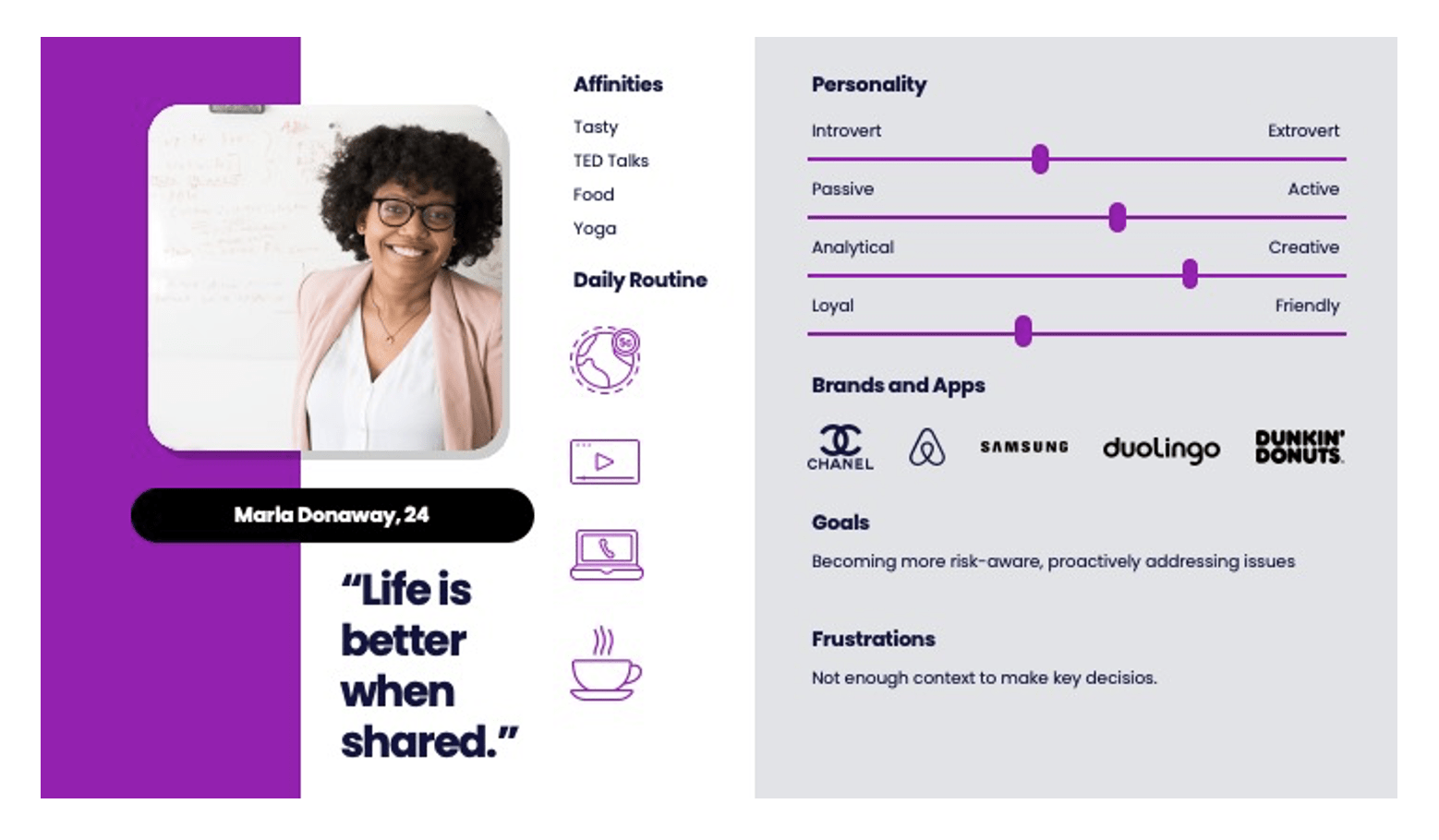
It All Starts with People
Just as a marketing campaign begins with a comprehensive understanding of its target audience, any risk, resilience, security, or compliance program must start with a clear grasp of people. This involves delving into the roles, responsibilities, and pain points of those involved, whether they are team members, stakeholders, or customers.
Personas can be a vital tool in understanding and mapping differences and commonalities across your stakeholder base.In marketing and user experience design, a persona is a fictional character created to represent a typical user of a product, service, or website. Personas are developed based on research and data about real users and are used to help designers and marketers better understand the needs, behaviors, and motivations of their target audience.
While personas vary widely in implementation, the process to develop them is the same:
- Conduct Research: Gather data about your target audience through various sources such as market research, customer surveys, interviews, and analytics. Collect demographic information, psychographic traits, behaviors, goals, pain points, and preferences relevant to your objectives.
- Segment Your Audience: Based on the data collected, identify distinct segments within your target audience. Look for similarities and patterns in characteristics, behaviors, or needs that can be used to group individuals into segments.
- Develop Personas: For each segment, create a detailed persona that represents a fictional but realistic individual within that group. Include demographic details, such as age, gender, occupation, income, and location, as well as psychographic information like interests, values, attitudes, and motivations.
- Persona Name and Visual Representation: Give each persona a name and, if possible, choose a visual representation such as a stock photo to make them more relatable and memorable. This humanizes the persona and makes it easier for stakeholders to connect with.
- Validate Personas: Validate the personas by gathering feedback. Ensure that they accurately reflect the diversity and nuances of your target audience and make adjustments as needed based on validation results.
Ultimately, by starting with a clear understanding of participants and delivering tailored content, microsimulation programs can drive meaningful learning outcomes and facilitate positive behavior change.
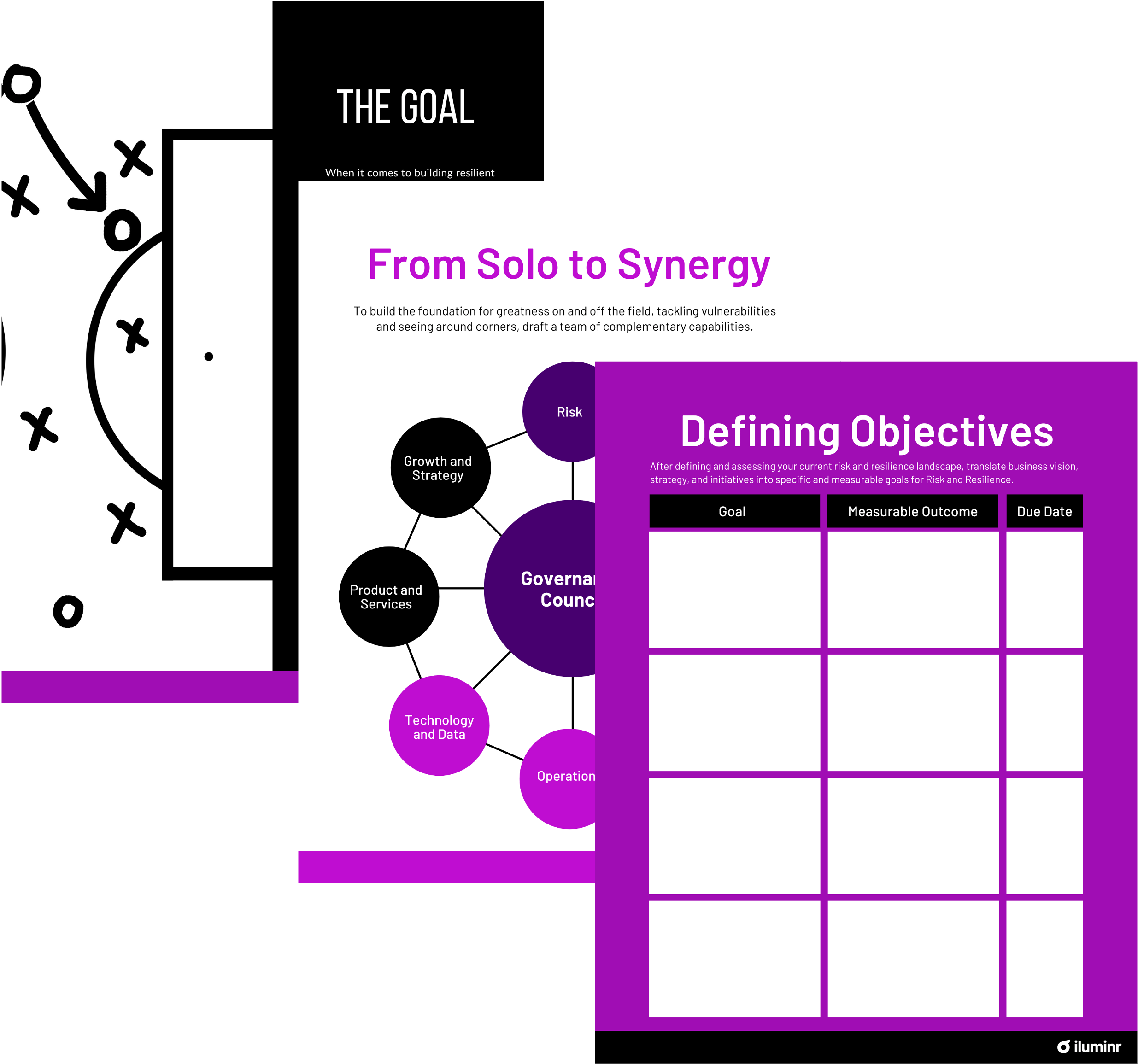
The ABCDs of Engagement
In marketing, objectives might range from increasing awareness to boosting adoption. Similarly, engagement regimes surrounding risk, resilience, security, and compliance programs must have clear, measurable goals, whether it’s improving response times to a crisis or enhancing team coordination. This can be particularly important when designing exercises. These objectives inform the learning design of compliance engagement, ensuring that every scenario and activity aligns with the sought-after outcomes.
One such approach borrowed from the world of learning and development is the ABCD model, or Audience, Behavior, Condition, and Degree.
Audience:
Identify the target audience for the learning program, including their background, knowledge level, and learning preferences.
Behavior:
Define the desired behaviors or actions that learners should be able to demonstrate after completing the training. Focus on observable actions that indicate successful learning outcomes, such as performing a task or applying knowledge in a practical scenario.
Condition:
Specify the conditions under which learners will demonstrate the desired behaviors. This may include factors such as time constraints, resources available, or environmental considerations. Clearly defining the conditions helps ensure that the learning objectives are realistic and achievable.
Degree:
Determine the level of proficiency or mastery expected from learners. This could range from basic comprehension to advanced application or analysis of knowledge and skills. Setting clear expectations for the degree of proficiency helps guide the design of learning activities and assessments.
The ABCD model offers a structured approach to setting learning objectives that focuses on the target audience, desired behaviors, situational context, and expected level of proficiency. By considering these factors, leaders can create learning objectives that are tailored to the needs of learners and aligned with the goals of the training program.
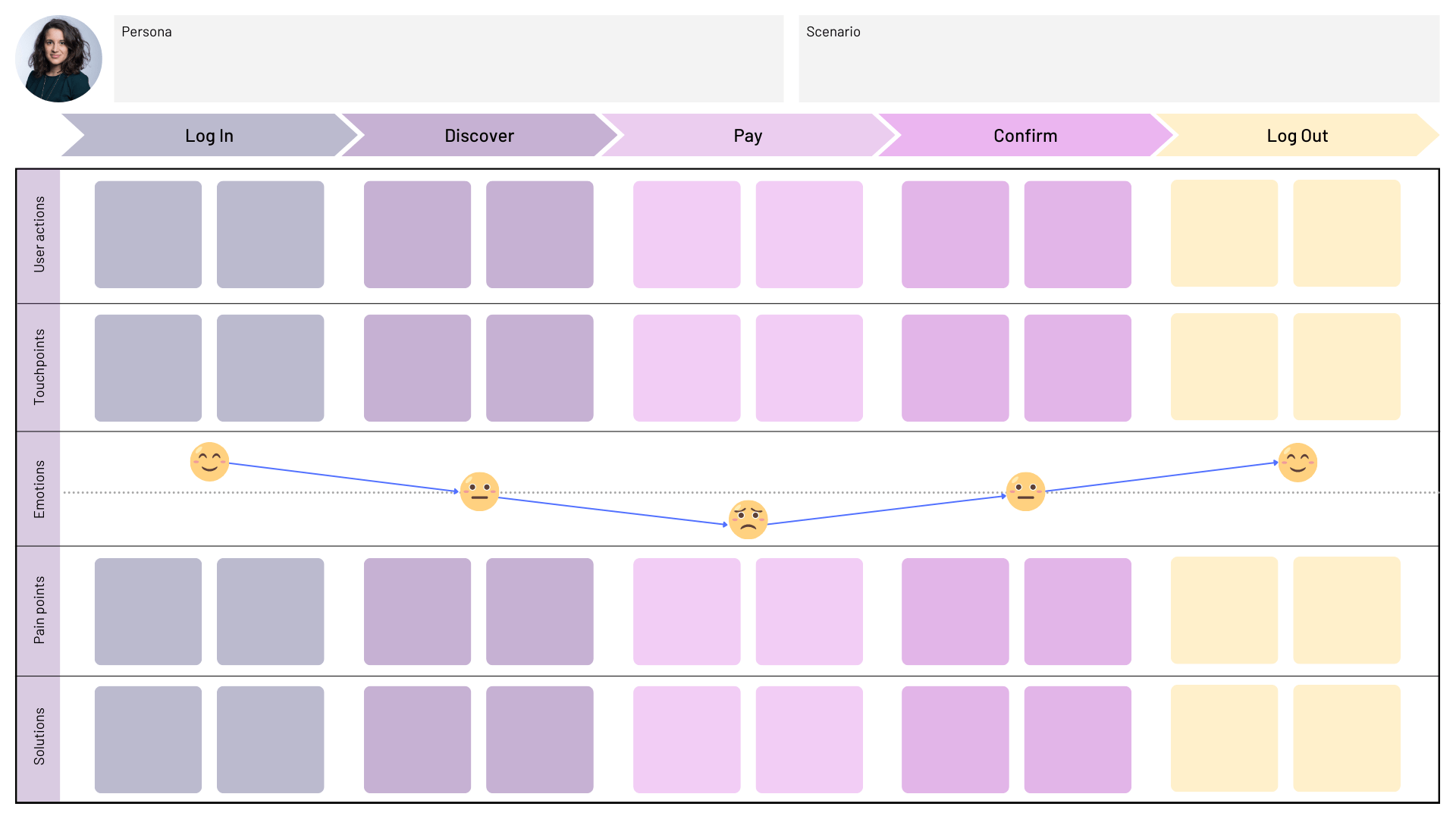
A+I+D+A = Engaging Content
The heart of any marketing campaign is its content, designed to capture attention and provoke action.
One model for crafting engaging content is the AIDA model, which stands for Attention, Interest, Desire, and Action. This model outlines a sequential process for capturing the audience’s attention, sustaining their interest, building desire for the product or service, and prompting them to take action.
Attention:
- Grab the audience’s attention with a compelling headline, striking visuals, or a provocative question.
- Use eye-catching design elements, such as bold colors or imagery, to draw the audience in.
- Introduce an intriguing or thought-provoking statement that piques curiosity and encourages further exploration.
Interest:
- Provide valuable information, insights, or entertainment that resonates with your audience’s interests and needs.
- Highlight the benefits of your program, demonstrating how it addresses their pain points or fulfills their goals.
- Tell a compelling story or share real-life examples that engage the audience emotionally and intellectually.
Desire:
- Highlight the positive outcomes or experiences it offers.
- Use persuasive language and persuasive techniques, such as testimonials.
- Tap into your audience’s motivations to drive action.
Action:
- Prompt the audience to take a specific action.
- Clearly communicate the next steps or the benefits of taking action, making it easy for the audience to follow through.
- Use a strong call-to-action (CTA) that stands out and encourages immediate response.
By following the AIDA model, facilitators can create memorable experiences that encourage reflection and discussion long after the engagement ends.
Designing Campaigns that Build Confident Capability
In today’s rapidly changing landscape, effective engagement is crucial, especially in building compliance with key policies and standards as well as resilience capability. Similar to crafting successful marketing strategies, engagement requires understanding your audience, clear objectives, and engaging content.
Not sure where to get started? iluminr provides intuitive workflows and customizable content that align with your organization’s unique brand, mission, and culture. With iluminr, you can jump-start your compliance engagement strategies, fostering connections and driving meaningful action. By leveraging iluminr’s platform, organizations can navigate uncertainty with confidence, fostering resilience for a brighter future.
Author
Paula Fontana
VP, Global Marketing
iluminr

